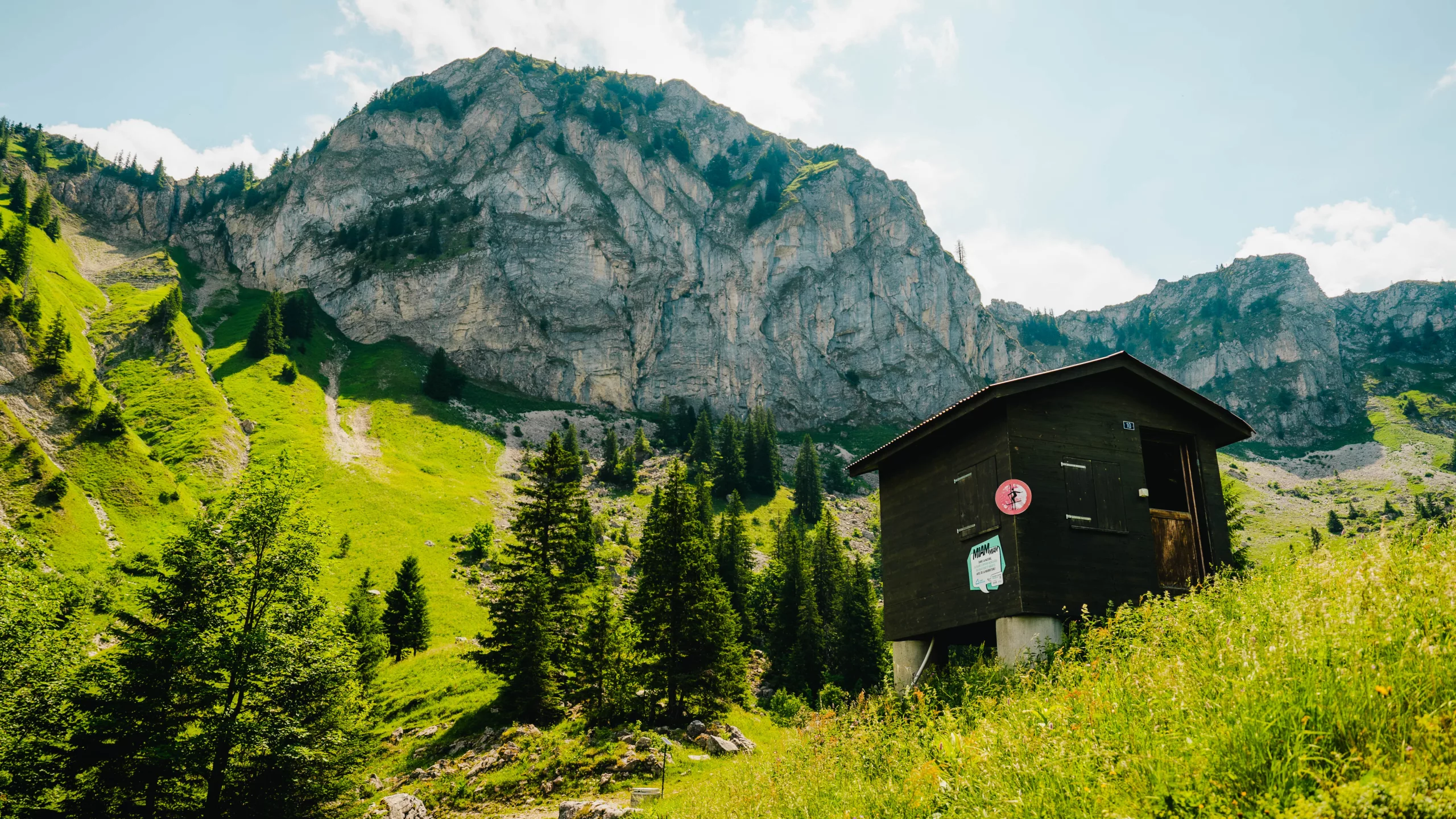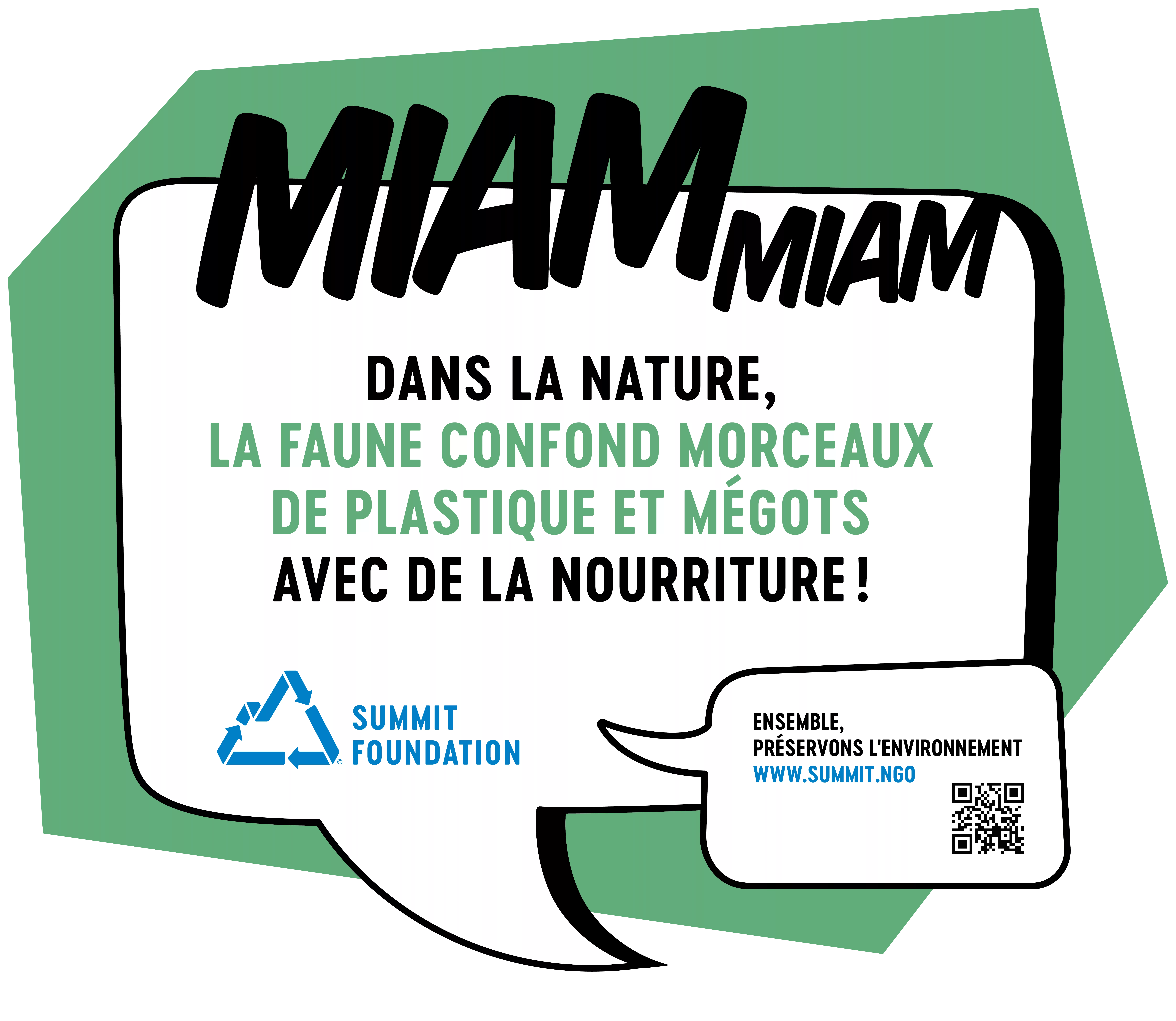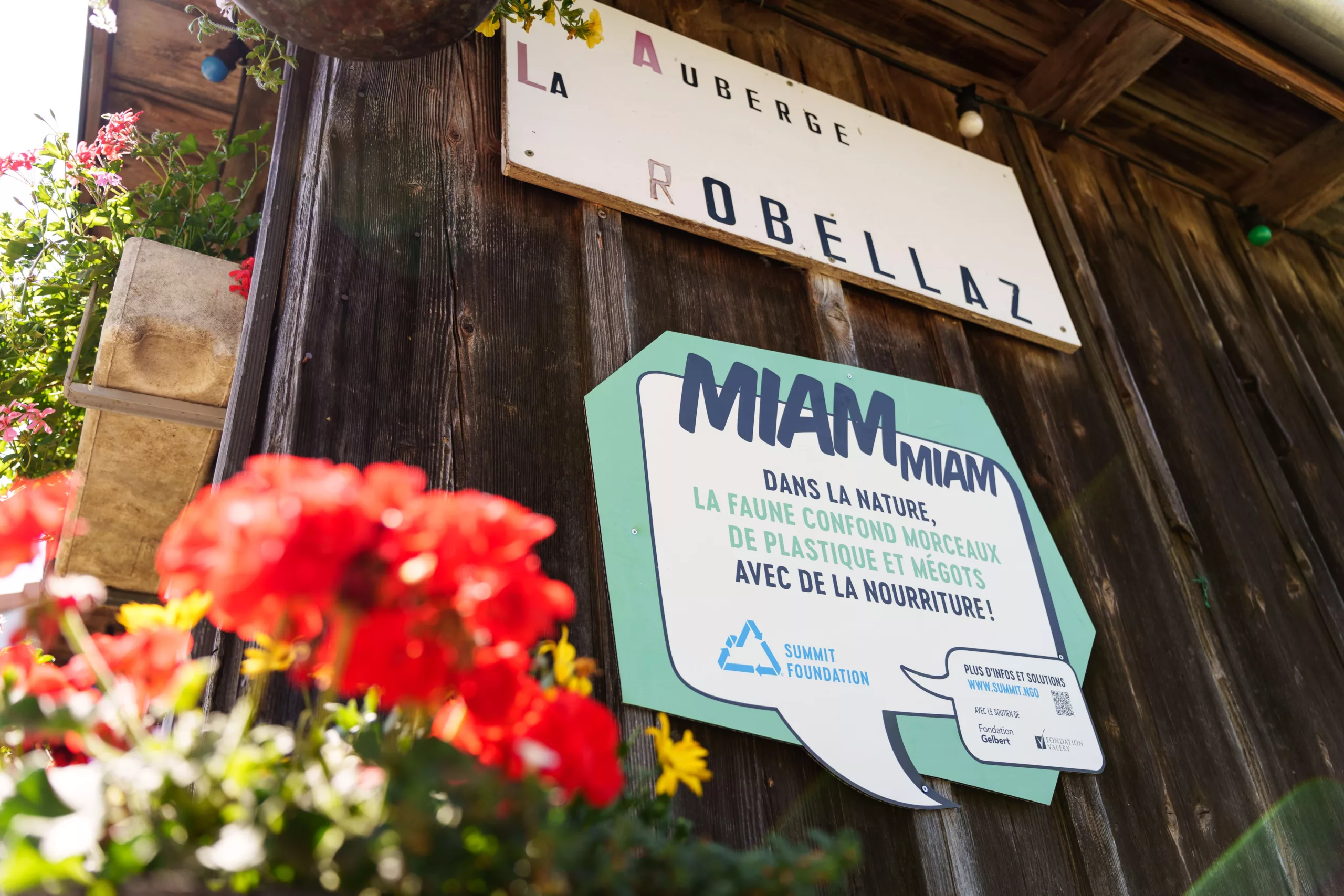


- Cigarette butts and plastics is the most common type of waste found in nature.
- They are not biodegradable, and contain a large number of toxic substances
- They pose a serious threat to wildlife through ingestion and entanglement, and can cause injury, poisoning or death.
Cigarette butts and plastic are the most common types of litter found in the natural environment, and that goes for all of us. On a global scale1 and 2, than Switzerland-wide3. With the dozens of collections made by the Summit Foundation as part of the Clean-Up Tour, We also note that the majority of abandoned waste is plastic and cigarette butts. In Switzerland, 14,000 tonnes of plastics4 ends up in the environment every year, 2,700 tonnes of it as a result of littering.).
This pollution is problematic, because plastics and cigarette butts are not biodegradable5. Plastic can remain in the environment for several hundred years before disappearing. The same goes for cigarette butts, whose filter is made of cellulose acetate, a type of plastic. What's more, plastics contain additives that are sources of environmental pollutants6. It's even worse for cigarette butts, which contain more than 150 environmentally toxic substances7, including nicotine, arsenic and heavy metals.
Plastic waste and cigarette butts are harmful to wildlife. In particular, they can ingest them8, These ingestions can have serious consequences for wildlife. These ingestions can have serious consequences for wildlife. They contaminate the animals with substances contained in the waste. What's more, ingesting plastic or cigarette butts can create a false sensation of satiety9, This causes animals to stop feeding and can lead to their death. Furthermore, the ingestion of cigarette butts has not only been observed in wildlife, but has also been documented in the literature. for pets and young children10 !
Another threat to wildlife posed by plastics is the tangle11. Animals can be trapped by plastics, which can injure them, limit their ability to move, suffocate them and therefore lead to their death.
To limit the amount of plastic and cigarette butts in the environment, remember to adopt the right behaviour:
Let's be responsible and fight together against littering to protect the fauna in our mountains
